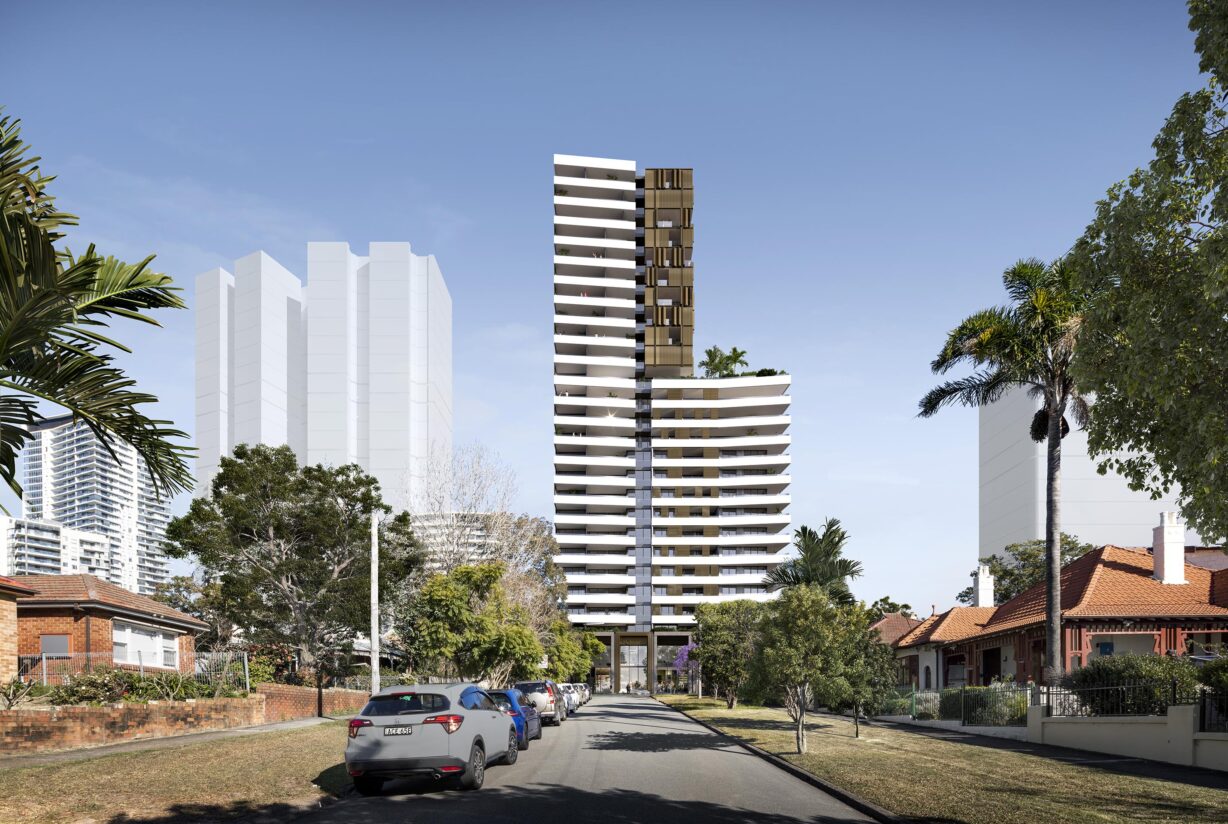University key worker accommodation
November 2023 | By Brian Mariotti
As affordable housing for key workers bites the vital Australian university sector, AJC Director Brian Mariotti looks at alternative models based on new student housing.
“Rising prices and the cost of living is killing us!.” How many times have we heard that recently? It may not be just a rhetorical overstatement: with rising rents and prices generally, workers in many essential services such as hospitals, police, fire brigades and seniors care are struggling to find affordable and suitable housing near their workplaces.
This is also true for the tertiary education sector — Australia’s fourth biggest export income earner (worth more than gold, literally) — with many university staff in key areas such as teaching, research, administration and student support finding it increasingly difficult to secure affordable housing near their workplaces. These staff are key workers who contribute to the quality and reputation of Australian higher education, as well as the social and economic development of their communities.
However, the lack of key worker accommodation (KWA) for university staff poses a serious challenge for the sector that brings over $35bn into the Australian economy. Not only does it affect the wellbeing and productivity of staff, it also impacts their ability to attract and retain talent, foster diversity and inclusion, and maintain academic excellence.
Housing affordability stress and long-distance commuting have negative effects on overall health and wellbeing [2-9]. Research has also linked long-distance commuting to poorer work performance as a result of fatigue, worsened mood and increased incidence of illness [4]. Moreover, it undermines the role of universities as anchor institutions that stimulate urban regeneration and innovation. “This is impacting recruitment and longer-term staff retention and resulting in inequitable cities,” says AJC Director Brian Mariotti.
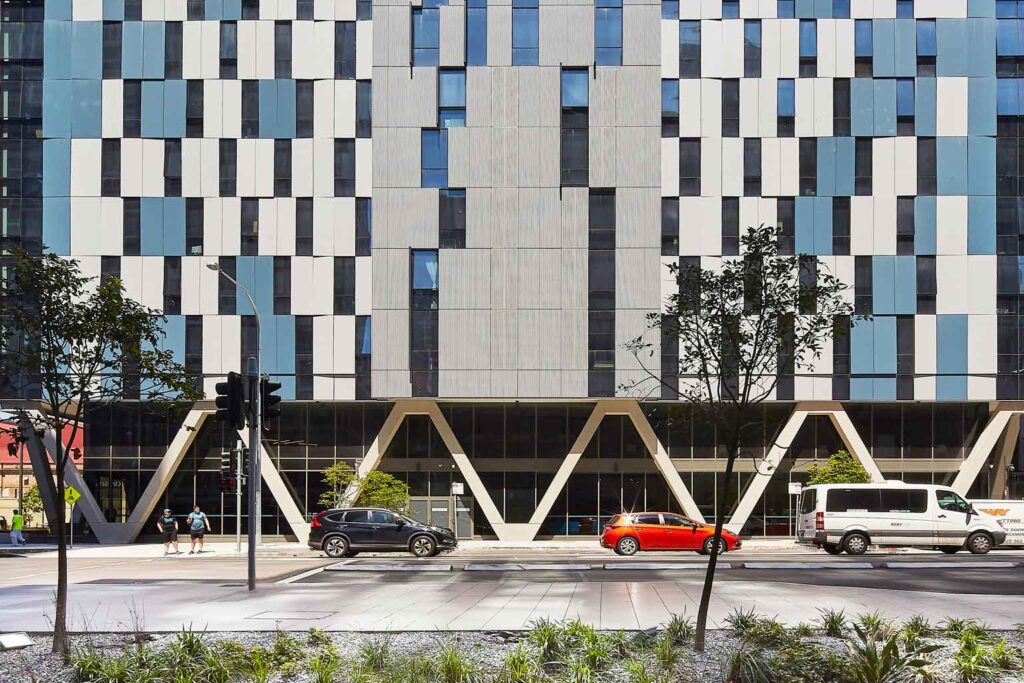
Sydney’s challenges
A study by AHURI in 2021 found that across Greater Sydney and its adjacent localities, only two local government areas had a median house price that was affordable to key workers on moderate incomes, and both these suburbs are over 150 kilometres from Sydney CBD. A 2023 study by Sydney University, adds to this, reporting the number of affordable locations for essential workers has significantly contracted.
In light of this growing evidence, it is imperative that Australian universities, governments and other stakeholders work together to provide adequate and affordable KWA for university staff in our cities. This would benefit not only the staff themselves, but also the students, the universities and the wider society.
Looking abroad
What are other education cities doing? In Cambridge, UK, in response to the lack of affordable city housing for employees of the University of Cambridge, Aecom developed a master plan for North West Cambridge Development (NWCD), under which, the Key Worker Housing development by Dutch architecture studio Mecanoo, delivered 232 affordable homes and communal spaces (in 2020) for researchers and key employees at the university. “University of Cambridge has high demand for affordable key worker housing,” said Mecanoo architect, Otto Diesfeldt.
Looking outside the industry
Hospitals for many years have been offering on-site accommodation of their key workers. This has been used as a key strategy to attract and retain staff, with a wide range of accommodation to suit single people, couples and families.
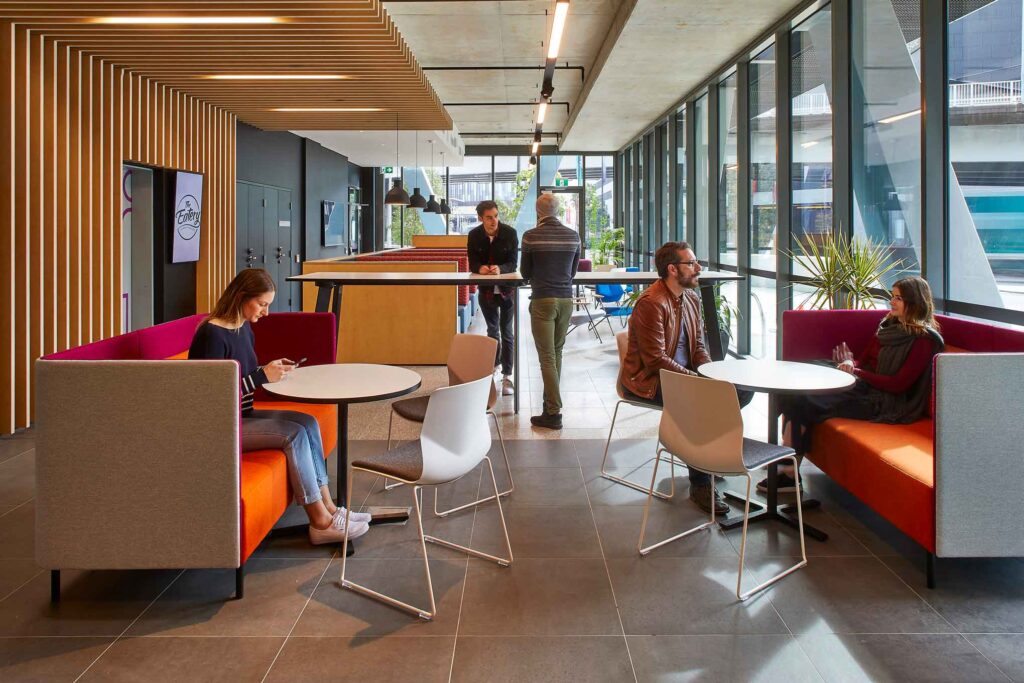
Universities as Build-to-Rent developers
For many years universities have successfully built and operated student accommodation, with premium residences being used to attract students from around the world. As universities continue consolidating their teaching spaces, valuable campus land becomes available and could be prime locations for key worker developments. This would have a two-fold benefit, creating a new revenue stream for universities and helping attract and retain staff.
Key design ideas
Drawing on our knowledge of the student housing market and affordable housing design, here’s a list of key ideas we think could be applied to KWA for universities to enhance their social responsibility and sustainability, and sharpen their competitive edge and academic performance. They can also create more vibrant and liveable cities that support the wellbeing and prosperity of all residents.
Diverse apartment configurations. To cater for a broad spectrum of key workers, design flexible housing options, including a mix of apartments, from one- to four-bedroom bedroom setups with shared kitchen and study spaces.
Community-oriented spaces. Fostering a sense of community is essential and can be achieved by designing communal areas where residents can interact and build relationships. These spaces can include lounges, recreation rooms and shared kitchen facilities, encouraging residents to socialise.
Academic-focused amenities. Recognising the importance of academic success, KWA should provide well-equipped study areas within housing complexes. They should cater to both individual and group study, and be equipped with high-speed internet to support researcher needs.
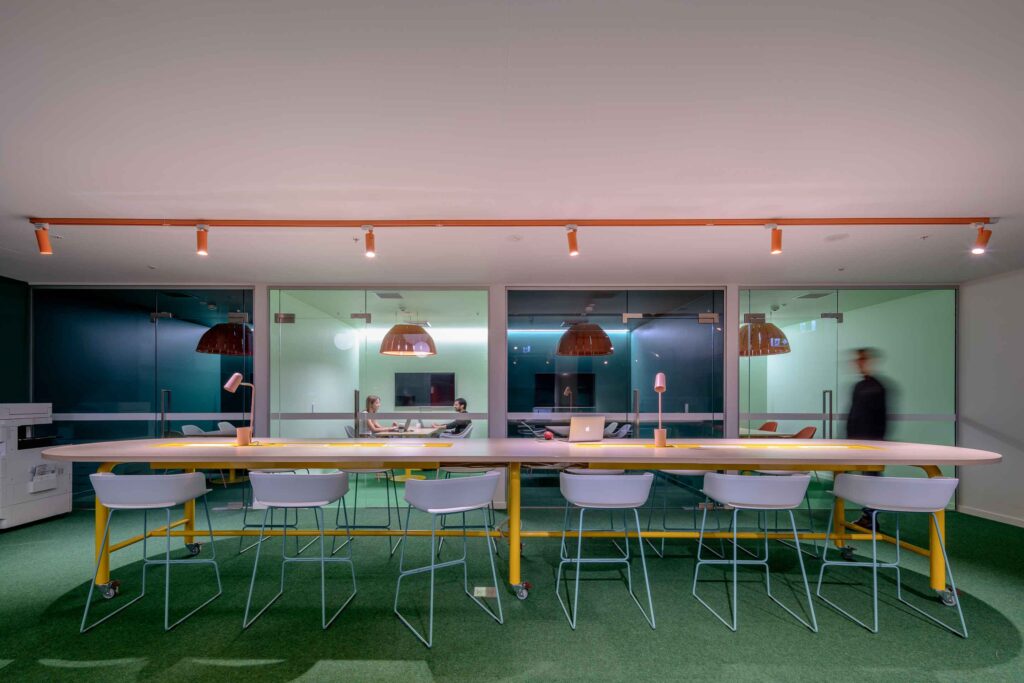
Green space. Integrating communal green spaces into housing design contributes to the health and wellbeing of residents. These areas can serve as quiet retreats for relaxation, outdoor study, or social gatherings, and with sustainable landscaping, can enhance environmental sustainability.
Fitness facilities. Incorporating a gymnasium or fitness studio is an excellent way to promote physical activity among residents.
Activated entries. The ground floor a housing complexes can be activated with amenities such as daycare centres, cafes and shops to create a lively, social environment, while also adding convenience for residents.
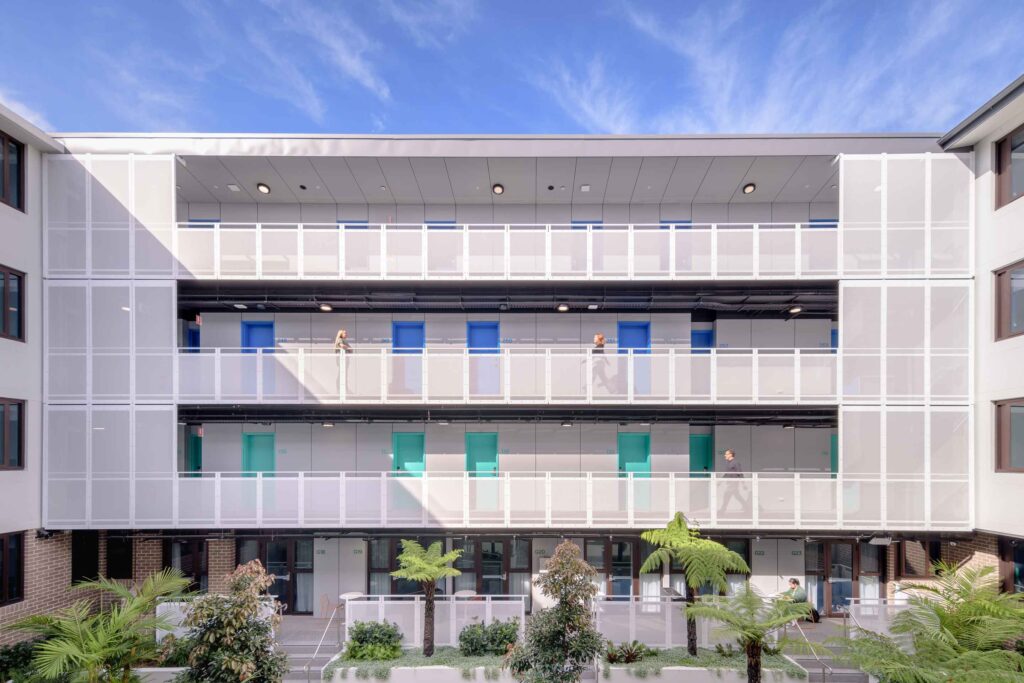
Sustainable design. Both passive and active sustainable design will have long-term benefits for both the environment and the university’s operating costs. On-site power generation, energy-efficient lighting, water-harvesting and re-use and waste recycling programs can all be integrated into the housing design to reduce environmental impact.
Accessibility and inclusivity. Ensure that the housing facilities are designed for people of different abilities. This includes features like ramps, elevators, and accessible bathrooms. An inclusive environment fosters a sense of belonging among all residents.
Security and safety. Prioritise resident safety by integrating visual security systems, secure entry points and well-lit common areas. It contributes to peace of mind for the community of residents.
References / Reading
Housing Key Workers report (AHURI)
Australian universities, governments and other stakeholders need to urgently work together to provide adequate and affordable KWA for university staff in our cities. This would benefit not only the staff themselves, but also the students, the universities and the wider society.
AJC Director, Brian Mariotti


